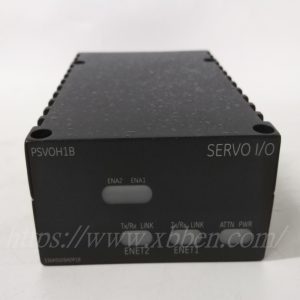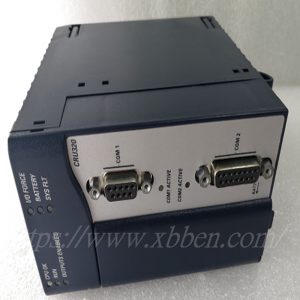IS210AEBIH1BED Turbine control module
The IS210AEBIH1BED is a turbine control module manufactured by General Electric that is commonly used for monitoring, control, and protection of turbomachinery systems. The IS210AEBIH1BED module can also be used in other fields, such as industrial turbomachinery, energy production and distribution, and Marine power systems. In these fields, it can be used to control and monitor various turbine equipment to improve the operating efficiency of equipment, control speed and protect equipment.
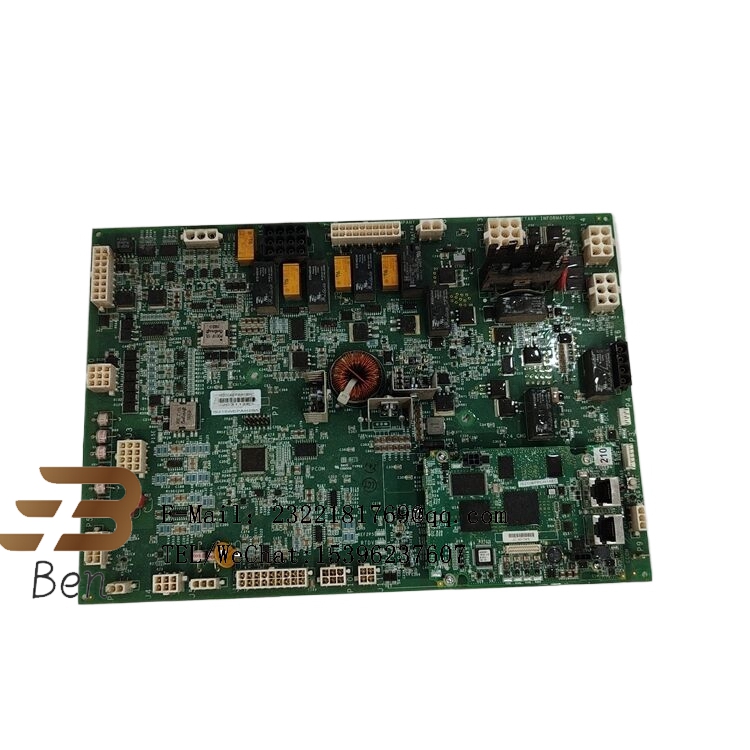
Here are the main functions of the module:
Monitoring function: The IS210AEBIH1BED module can monitor the operating status of the turbine generator set, including various operating parameters and performance indicators. It can monitor various physical quantities, such as temperature, pressure, flow, etc., by receiving and processing analog input signals from sensors (such as voltage or current signals).
Control function: Based on the monitored data, the module can perform various control algorithms to achieve precise control of the turbine generator set. It can control key parameters such as the speed and power output of the turbine set to ensure the stability and performance of the turbine set under different load and operating conditions.
Protection function: The IS210AEBIH1BED module also has a protection function, which can detect and deal with abnormal situations in time, such as overload, overheating, failure, etc. Once an abnormal situation is detected, it can automatically take the necessary measures, such as cutting off the power supply, starting the standby equipment, etc., to prevent equipment damage or the expansion of the fault.
Multi-channel input: The module typically provides multiple analog input channels, allowing users to monitor multiple different analog input sources at the same time. This enables more comprehensive monitoring and control, improving system reliability and efficiency.
Signal range configuration: The IS210AEBIH1BED module usually has a configurable signal range that allows the user to set the range of the input signal according to the application requirements. This helps ensure accurate signal acquisition and measurement, improving the accuracy and stability of the system.
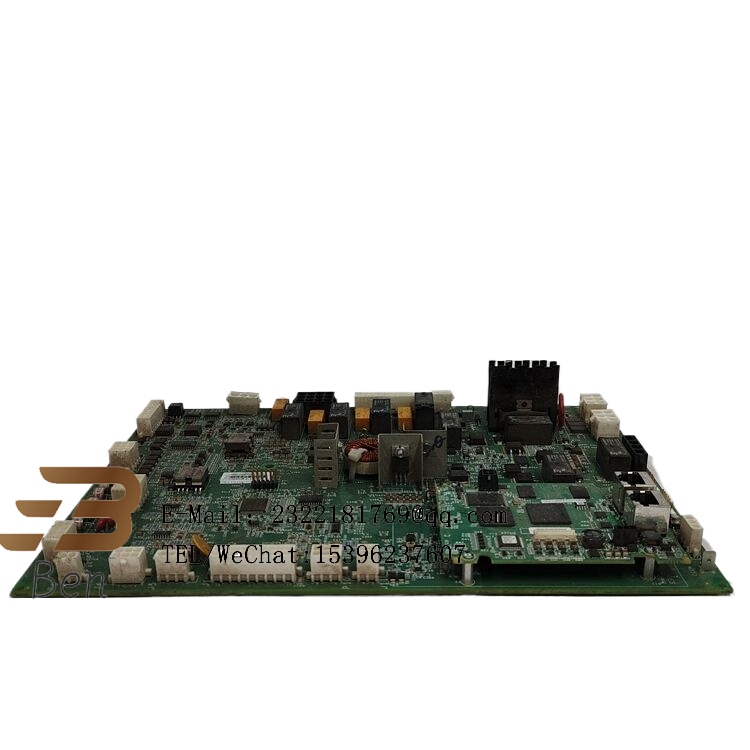
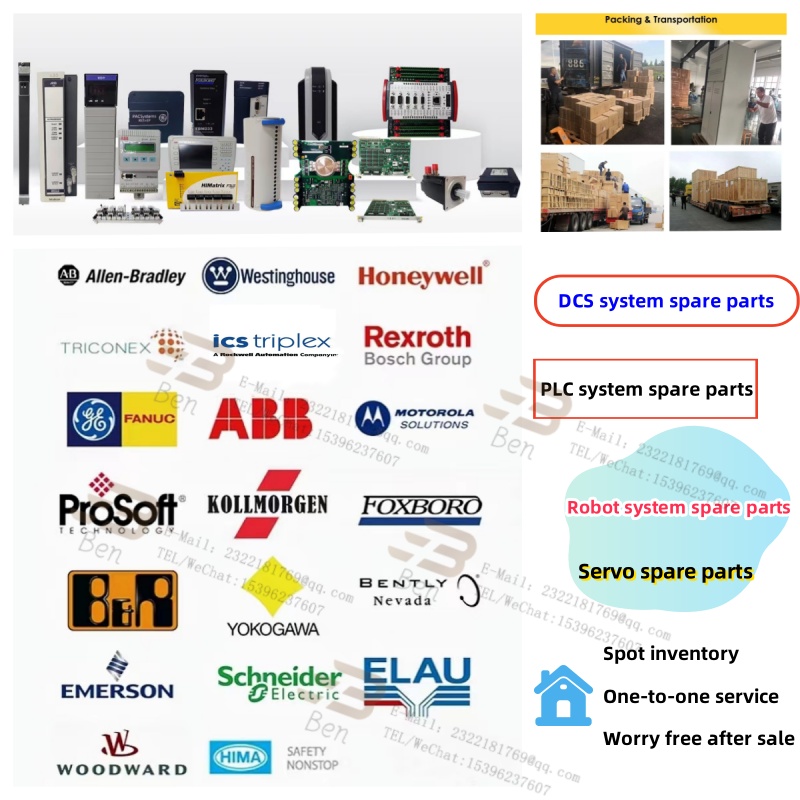
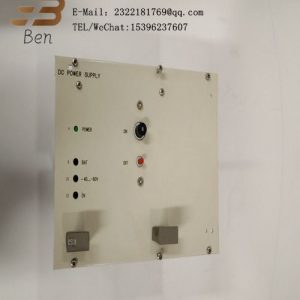
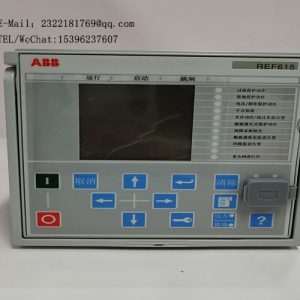
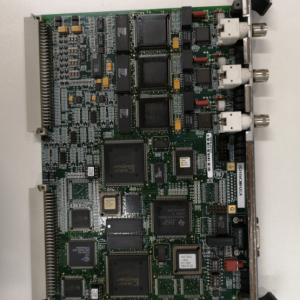
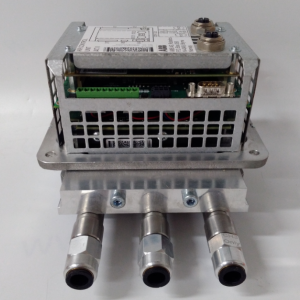
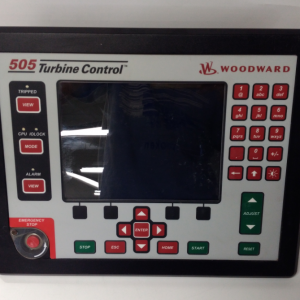
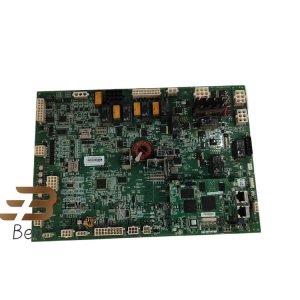
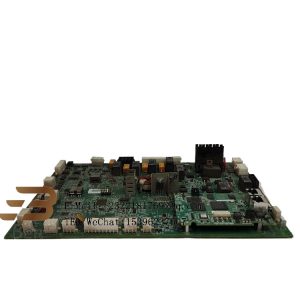
.png)

